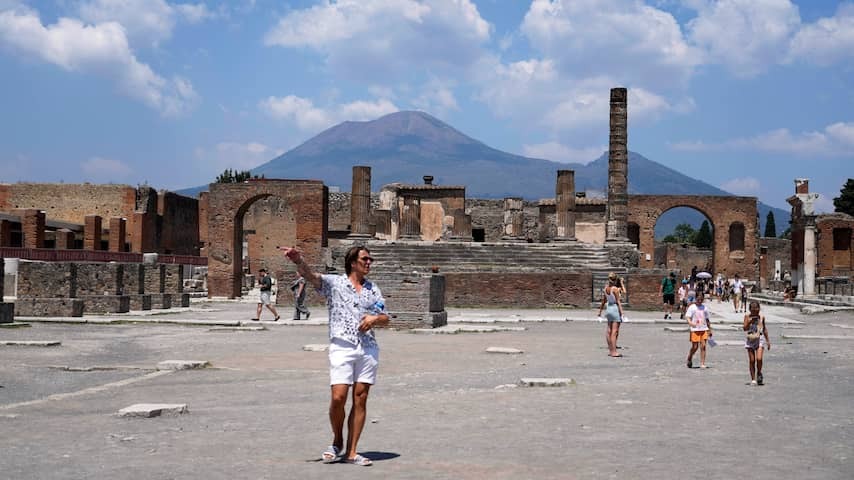
After a devastating volcanic eruption laid the ancient Roman city of Pompeii to ash, people returned to live on the ruins. Archaeologists have discovered this. It was previously assumed that the city was not discovered until centuries later.
The inhabitants of Pompeii were surprised in 79 AD by a devastating eruption of Mount Vesuvius. The city became world famous because the remains of buildings, streets, houses and even people were well preserved under the layer of ash.
Archaeologists have now discovered that people returned to the ruins of Pompeii shortly after the eruption to inhabit the area again. It may have been survivors of the volcanic eruption who could not afford to settle elsewhere.
For a long time, it was assumed that the historic city was not rediscovered until the sixteenth century.
The city – which was part of the Roman Empire – had 20,000 inhabitants before the eruption of Vesuvius. After the eruption, it looked more like a kind of “favela” (slum) than a city, the director of the archaeological site tells BBC News. The settlement continued to exist until the fifth century.
According to the archaeologists, the new inhabitants of Pompeii lived a much less modern life than their predecessors. They did not have the infrastructure and other technologies that many other Roman cities did have. They lived off valuables they could find in the ruins of the old city.